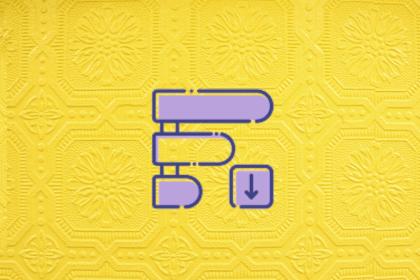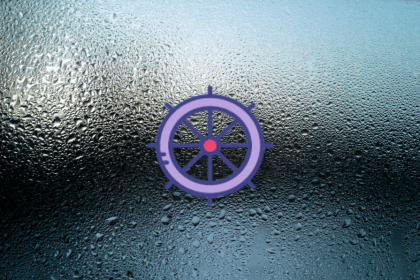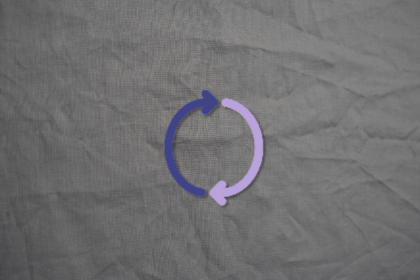
A eureka moment occurs when a customer realizes the value and benefit of using the product and becomes more engaged and loyal to it.

The BCG matrix is a simple way of categorizing your products to understand their growth potential and market share position.

Research and development provides insights into how the market is responding to your product and helps you discover gaps within your industry.

Product marketing helps you determine the goals and go-to-market strategy of your product and helps you better adapt to market shifts.

Loss aversion is the psychological concept behind the human response that attributes more to losses versus gains.

The stronger the habit, the more often users want to use your product and the lower the chance of them churning.

By understanding what your competitive landscape is doing, you can figure out what unique wedge you can leverage to capture your market.

The waterfall methodology is a sequential project approach where each phase of a project must be completed before moving to the next.

In our pursuit of innovation, we must be aware of the crucial aspect of letting go — the decision to shut down a product feature.

Managing a diverse range of products is an effective way to showcase strategic planning, forward-looking thinking, and a commitment to meeting the evolving demands of customers.

Firmographic data refers to traits about a company that can be used to segment it into different categories.

Little’s Law is a theorem used to calculate the typical number of items/customers in a stationary queue system per unit of time.